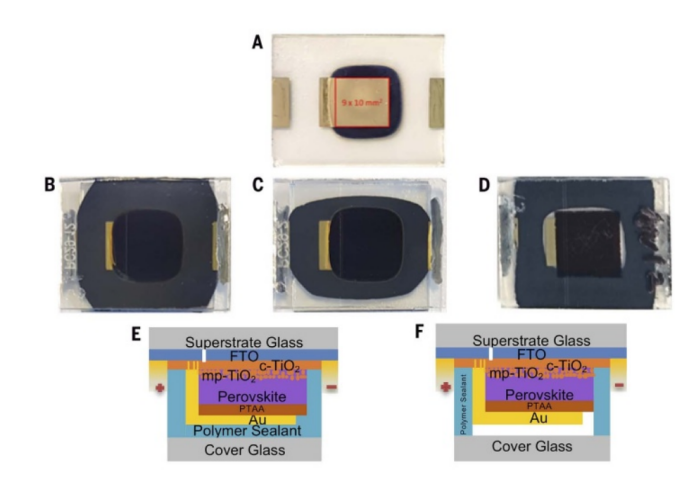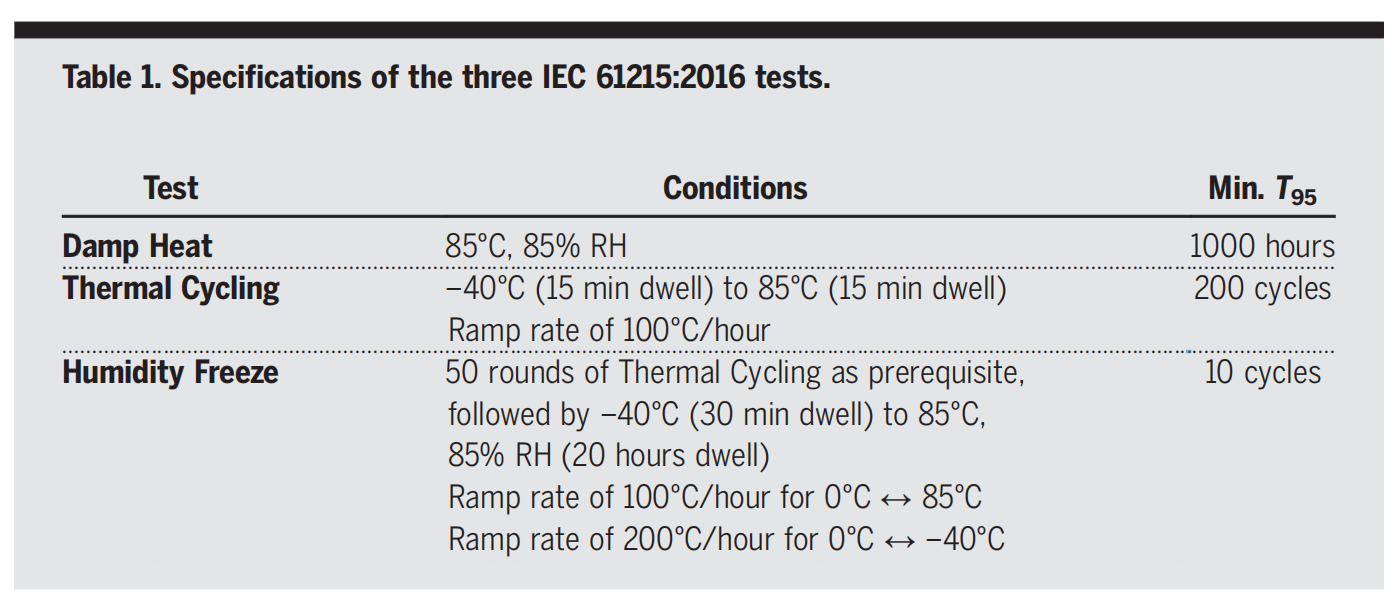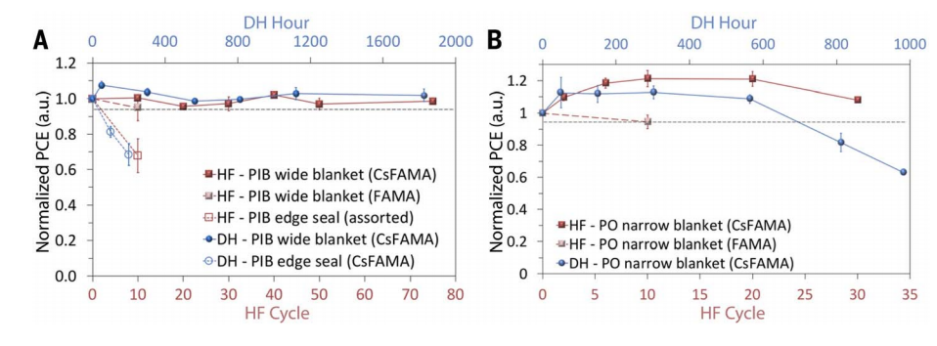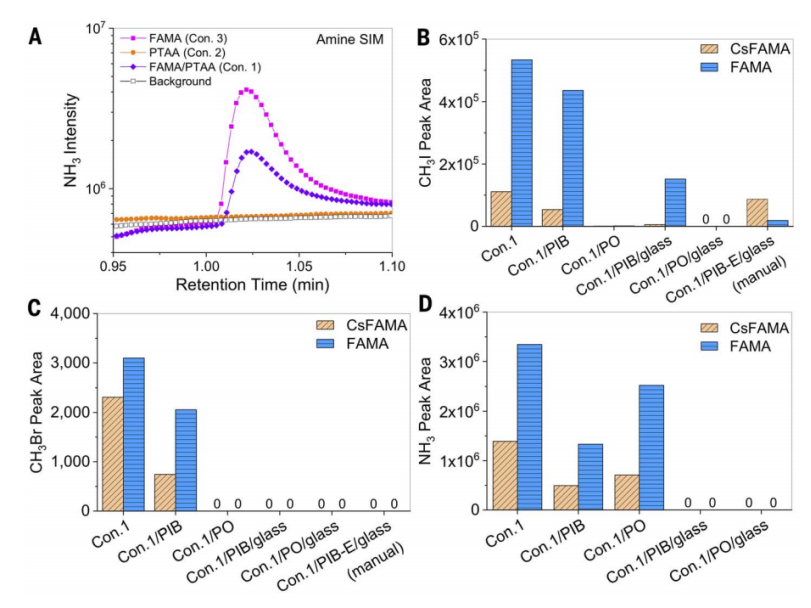
Quantum Efficiency Tester
PL/EL Integrated System
PV-Reflectumeter
3D Confocal Microscope
In-Line Four Point Probe Tester
Four Point Probe Tester
In-Line Thin Film Thickness Tester
Raman Spectrometer
FTIR Spectrometer
Spectrophotometer
Automatic Spectroscopic Ellipsometer
Contact Resistance Tester
Ultra depth of field 3D microscope
Auto Visual Tester
VMM PV Vision Measuring Machine
Solar Cell Horizontal Tensile Tester
Steady State Solar Simulator for Solar Cell
Solar Cell UV Aging Test Chamber
Solar Cell Comprehensive Tensile Tester
Visual Inspection Tester
Wet Leakage Current Tester
PV Module EL Tester
PV Module UV Preconditioning Chamber
Steady State Solar Simulator for PV Module
Current Continuous Monitor
Potential Induced Degradation Test
Bypass Diode Tester
LeTID Test System
Reverse Current Overload Tester
Impulse Voltage Tester
Hipot Insulation Tester
Ground Continuity Tester
Hipot Insulation Ground Tester
Damp Heat Test Chamber
Humidity Freeze Test
Thermal Cycle Test Chamber
Dynamic Mechanical Load Tester
Static Mechanical Load Tester
Hail Impact Tester
Robustness of Termination Tester
Module Breakage Tester
Cut Susceptibility Tester
Peel Shear Strength Tester
Universal Testing Machine (Single-arm)
Universal Testing Machine (Double-arm)
Glass Transmittance Tester
Acetic Acid Test Chamber
EVA Degree of Crosslinking Test System
Junction Box Comprehensive Tester
Drop ball tester
Semi-automatic scanning four-probe tester
Stylus Profilometer
Maximum Power Point Tracker
Perovskite Glass Transmittance Tester
Perovskite P1 Laser Scribing Multifunctional Testing Machine
Perovskite Online PL Tester
Perovskite Online Sheet Resistance Tester
Online Perovskite Film Thickness Tester
Perovskite Process Inspection Workstation
Portable IV Curve Tester
Portable EL Tester
Portable Thermal Imaging Tester
Solar Module Multi-Channel Testing System
PV Inverter Power Quality Tester
Drone EL Tester
IV Tester
IVEL Cell Sorting Machine
Southwest Petroleum University Science: Gas Chromatography-mass Spectrometry Analysis of Encapsulate
Date : 2024-10-22Views : 350
The energy conversion efficiency of perovskite solar cells (PSCs) has increased from 3.8% to 25.2% and beyond in 10 years, but their commercialization is limited by instability. Researchers have developed a low-cost polymer/glass tandem packaging solution that enables PSCs to pass IEC 61215 standard damp heat and humidity freeze tests. These tests determine whether perovskite solar cells can withstand the effects of outdoor operating conditions through repeated temperature cycles (-40°C to 85°C) and 85% relative humidity. Millennial Humidity Freeze Comprehensive Chamber is used for environmental simulation tests to verify and evaluate the reliability of perovskite solar cells and identify manufacturing defects early through thermal fatigue-induced failure modes.
A low-cost polymer/glass tandem encapsulation scheme enables stable perovskite solar cells to pass the requirements of DH and HF Test in IEC 61215. Unencapsulated and encapsulated perovskite cells were analyzed by gas chromatography-mass spectrometry, and the characteristic volatile products of organic perovskite hybrid decomposition under thermal stress were detected, confirming the effectiveness of the developed low-cost compact polymer/glass tandem encapsulation scheme.

Performance changes in DH and HF tests according to IEC 61215

Schematic diagram of the structure of encapsulated perovskite solar cells

IEC 61215 Specific conditions for the three tests

The photovoltaic conversion efficiency (PCE) of the encapsulated cells changes with the test time, including the duration in the DH test and the number of cycles in the HF test.
DH test: simulates the environmental conditions of high temperature and high humidity, which is essential for evaluating the durability of cells in tropical climates. The figure shows that the cells encapsulated with PIB wide blanket perform well in the DH test, while the edge-sealed cells degrade faster.
HF test: combines the DH and TC tests, which puts higher requirements on the packaging and material stability of the cells. The cells encapsulated with PIB wide blanket showed no performance degradation after 75 HF cycles, far exceeding the requirements of the IEC standard (10 cycles).
Perovskite solar cells encapsulated with PIB wide blankets show excellent stability in DH and HF tests, which is of great significance for improving the commercialization prospects of perovskite solar cells.
Decomposition products of organic perovskite precursors under different annealing conditions

Decomposition products of organic perovskite precursors under different annealing conditions
Under different temperature conditions, the main thermal decomposition products of organic perovskite precursors were successfully identified through GC-MS technology, including CH3I, CH3Br, and NH3. The type and amount of decomposition products vary with annealing temperature, indicating that the thermal stability of the perovskite precursor is significantly affected by temperature. Precursors containing bromine (Br) (such as MABr) are less susceptible to thermal decomposition relative to precursors containing iodine (I) (such as MAI and FAI), which may be related to the chemical properties of Br-.
For encapsulated perovskite solar cells, the encapsulation structure significantly reduces the release of decomposition products, indicating that encapsulation can effectively suppress the thermal decomposition of perovskite materials. It emphasizes the importance of packaging technology in improving the thermal stability and durability of perovskite solar cells, and provides experimental basis for further optimizing the packaging structure.
Effect of encapsulation on thermal stability of perovskite solar cells

Schematic diagram of unpackaged and packaged test cells
Unencapsulated perovskite solar cell structure, including perovskite layer, hole transport layer (such as PTAA), electron transport layer and metal electrode, etc. Cells with different encapsulation methods, such as using polyisobutylene (PIB) or polyolefin (PO) as encapsulation materials, and possible glass cover layers.

Decomposition products of unencapsulated and encapsulated perovskite solar cells after annealing at 85°C for 100 h
Some components in the unencapsulated structure will produce decomposition products, and encapsulation can effectively reduce the strength of the decomposition products. At the same time, different encapsulation methods (such as edge sealing) also have a certain effect on inhibiting the escape of decomposition products. In addition, by comparing different cells (such as CsFAMA and FAMA), we can further understand the impact of material composition on thermal stability. It is of great significance to evaluate the effectiveness of encapsulation solutions and study the stability of perovskite solar cells.
For perovskite solar cells to be commercialized, they must be able to withstand long-term environmental stress, including the influence of factors such as moisture, heat and light. These tests of IEC61215, as standard evaluation methods, are an important basis for judging whether perovskite solar cells can meet the requirements of commercial applications.
Humidity Freeze Comprehensive Chamber
contact: market@millennialsolar.com
Meet the standards: IEC61215-MQT12 (HF test), MQT13 (DH test)
·DH test: 85°C and 85% relative humidity for 1000 hours
·HF test: temperature cycle from -40°C to 85°C, 85% relative humidity, 10 cycles
·Adopt imported temperature controller to realize multi-stage temperature programming, high precision and good reliability
Different packaging solutions have different effects on the performance of perovskite solar cells in DH and HF tests. Effective packaging technology is essential to improve the thermal stability and durability of perovskite solar cells. The Millennial Humidity Freeze Comprehensive Chamber is used for environmental simulation tests to verify and evaluate the reliability of perovskite solar cells. It is an important basis for judging whether perovskite solar cells can meet the requirements of commercial applications.

































































